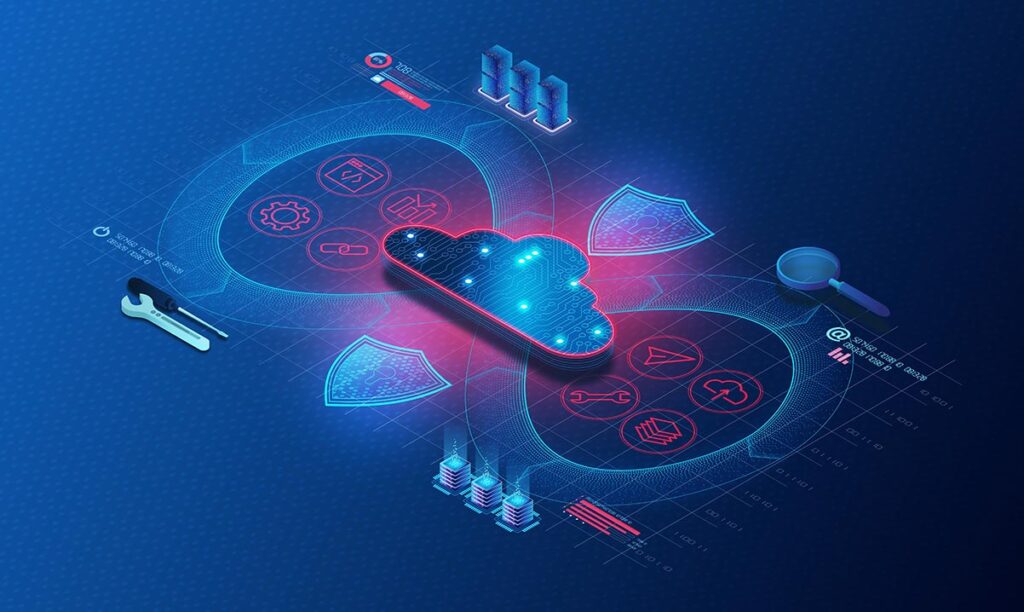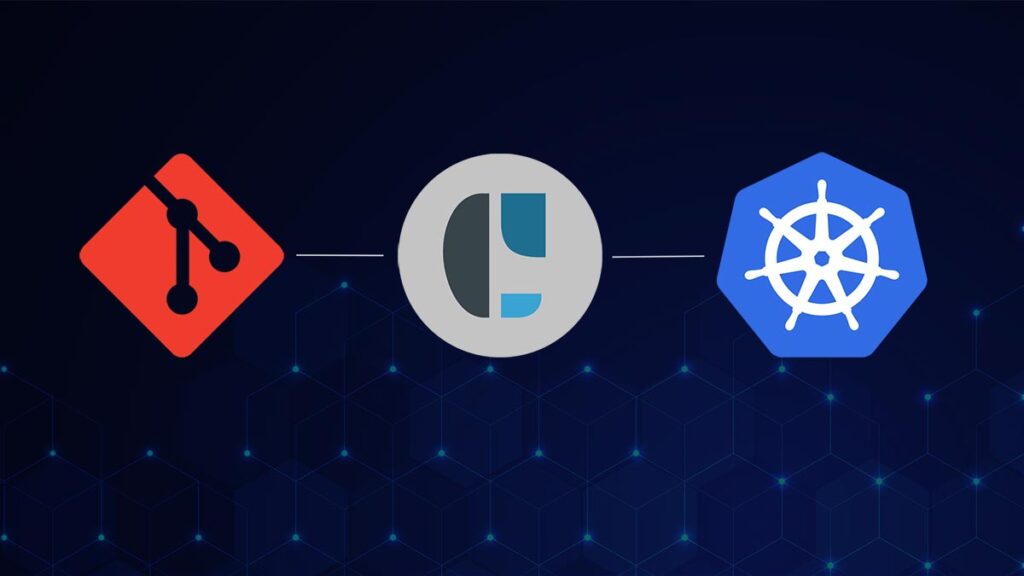Introduction
In the fast-evolving world of artificial intelligence (AI), the ability to quickly and reliably deploy AI models has become essential for staying competitive. Continuous deployment for AI workloads is changing how companies develop, test, and roll out AI solutions. This approach expedites the implementation of AI-based functionalities, while ensuring that the models remain current and operate efficiently in production.
To implement continuous deployment for AI effectively, it’s important to understand the unique challenges of AI workloads. In this article, we’ll explore the main components of CI/CD pipelines for AI and highlight best practices for deployment. By the end, you’ll have a clear roadmap to implement continuous deployment strategies that can transform your AI development process and enhance team productivity.
Understanding CI/CD for AI Workloads
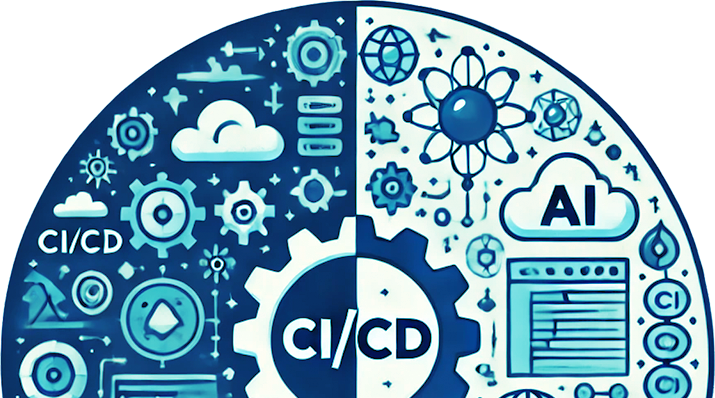
Defining Continuous Deployment
Continuous deployment for AI workloads automates the release of code changes to production, removing the need for manual interventions. This enables AI teams to rapidly implement code changes, and automatically build, test, and deploy new versions of AI models in production environments.
One of the greatest advantages of continuous deployment is the ability to accelerate the feedback loop with users. Updates can be pushed multiple times a day, maintaining quality while improving time-to-market. This incremental approach reduces risk, allowing teams to identify and address production issues faster than with larger, less frequent deployments.
Unique Challenges of AI Workloads
AI workloads present unique challenges compared to conventional software systems. AI development involves running numerous experiments to determine the best modeling techniques and parameters, which complicates tracking and maintaining reproducibility. Additionally, testing AI systems introduces more operational complexity, requiring validation beyond typical unit and integration tests.
Benefits of CI/CD for AI
The implementation of CI/CD for AI workloads provides numerous advantages. It automates the build, testing, and deployment processes for AI systems that train and deploy prediction models. Automation decreases the need for manual effort and minimizes the time spent on maintaining deployment scripts and tools.
CI/CD pipelines also enhance visibility throughout the AI development lifecycle. Automated pipelines detect and isolate code issues early, streamlining troubleshooting and boosting productivity. Immediate feedback from automated testing provides insights into what works and where improvements can be made to the AI models.
By adopting CI/CD practices, teams can scale AI systems more reliably, accelerating deployment and improving return on investment.
Key Components of AI-Focused CI/CD Pipelines
To effectively implement continuous deployment for AI workloads, it’s important to understand the essential components of AI-focused CI/CD pipelines.
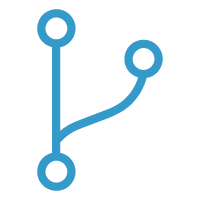
Version Control for AI Model
Effective version control is essential in the development of AI, not just for source code, but also for datasets and models. It enables teams to monitor modifications, ensuring the ability to reproduce and collaborate effectively. Versioning facilitates the comparison of various iterations of a model, the ability to revert to earlier versions if needed, and the maintenance of a comprehensive record of the model’s progress.
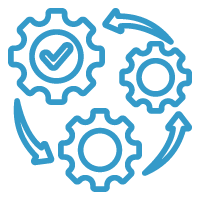
Automated Testing for AI Systems
Automated testing plays a crucial role in CI/CD pipelines for AI. Beyond traditional unit and integration testing, it includes data validation, model performance evaluation, and concept drift detection. Automating these tests ensures data quality, detects data drift, and assesses model performance against predefined metrics, helping teams identify issues before deployment.
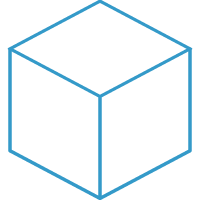
Containerization and Orchestration
Containerization packages AI models with their dependencies, ensuring uniformity across various environments. Technologies such as Kubernetes can scale and manage containerized AI workloads, automating deployment and resource management. This approach offers flexibility and scalability, simplifying handling varying workloads and changing requirements.
Effective Practices for Continuous Deployment of AI Models
Implementing continuous deployment for AI workloads requires a strategic approach to ensure smooth, reliable rollouts. Below are key practices to enhance the deployment process for AI models.
Implementing Feature Flags
Feature flags allow for control over feature releases without deploying new code. Teams can toggle AI features on or off, enabling efficient testing and managing rollouts. This is particularly valuable in AI development, where models and features frequently evolve.
Feature flags also allow for a gradual release of new features to a targeted user group. Teams can monitor performance, gather feedback, and improve features before a full-scale release. Additionally, feature flags provide a safeguard to quickly disable features if issues arise, without requiring a full rollback.
Gradual Rollouts and Canary Releases
Canary deployments are an effective strategy for continuous deployment of AI workloads. This technique gradually releases updated model versions to a targeted user group, reducing potential risks. For example, infrastructure can be updated in phases, handling a small percentage of traffic at first and progressively increasing the load. This controlled approach reduces deployment risks compared to traditional methods.1
Monitoring and Observability
Effective monitoring ensures AI model production performance and reliability. AI-specific metrics—such as model accuracy, inference latency, and data drift—should be part of any observability strategy. Tools such as Prometheus, Grafana, and the ELK stack are useful in monitoring and analyzing these metrics, offering valuable understanding of the performance of the model in a production environment.2
Conclusion
The shift to continuous deployment for AI workloads is transforming how organizations develop and deploy AI solutions. By implementing the strategies and best practices discussed, companies can speed up deployment, improve productivity, and stay competitive in the rapidly evolving AI landscape.
Continuous deployment for AI is a necessary step for teams to adapt quickly, test new ideas, and deliver value more efficiently. Implementing these strategies enables the realization of AI initiatives and drives innovation.
Looking for a solution to scale your workload deployments? Explore CAEPE. With built-in progressive delivery and secure deployment to edge and air-gapped environments, CAEPE is designed for modern AI workloads. Test drive CAEPE now or watch our video walkthroughs to learn more.

CAEPE Continuous Deployment
Manage workloads on Kubernetes anywhere robustly and securely.
- Shores up security by simplifying deployment anywhere, supporting managed services, native Kubernetes, self-hosted, edge and secure airgapped deployment targets.
- Supports GitOps and provides guided, UI-driven workflows for all major progressive delivery strategies.
- Has RBAC built-in, providing inherent enterprise access control for who can deploy.
- Supports extended testing capabilities enabling your team to run different tests quickly and easily.
